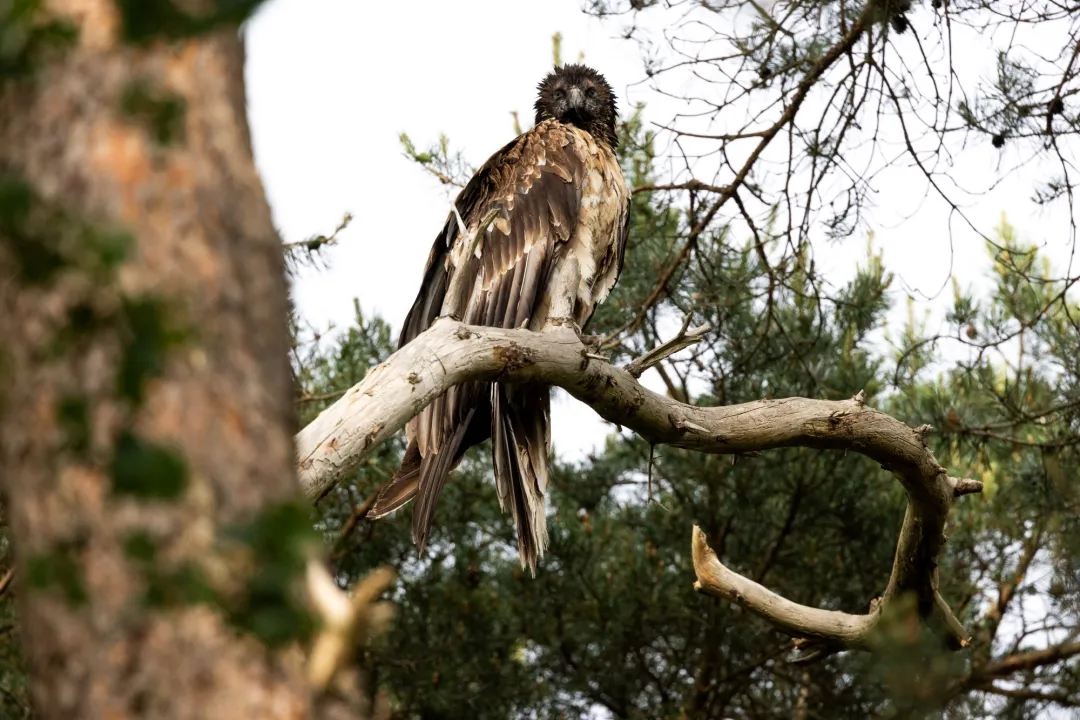The potential availability of food for vultures and other scavenging birds in Europe has been affected by a number of policy decisions related with the carcass management regulations that were established after the appearance of bovine spongiform encephalopathy (BSE) in Europe in 2001.
In this study, Margalida et al. measure the effects of these policy decisions on foraging behaviour of bearded vultures in the Spanish Pyrenees, using a long-term data set (1992–2015).
They concluded that the implementation of strict carcass management policies in the period 2006–2011 (including the compulsory removal of all carcasses from the fields to be transformed or destroyed in authorized plants, and the establishment of new stricter rules for the management of supplementary feeding sites) did not affect bearded vultures foraging behaviour and breeding success in the Spanish Pyrenees.
Since 2012 new regulations have made sanitary policies more flexible and have partially reversed the previous situation by allowing farmers to leave extensive livestock carcasses in specific areas and/or feeding sites.
The authors used the frequency of nest changeovers as a surrogate for the time invested in searching for and obtaining food. They have also monitored the movements of 20 bearded vultures with GPS satellite transmitters between 2006 and 2015, and have measured home ranges throughout this period, as well as the percentage of locations in or near supplementary feeding sites to measure their usage. Finally, they measured productivity and breeding success throughout the period.
They have concluded that there were no differences between annual home range sizes and/or the time used to search for food either before, during or after the imposition of the strict regulations. They also found no differences in the use of supplementary feeding sites.
This could be explained by the high habitat quality in the Pyrenees and the good availability of trophic resources – they estimated that the natural (outside supplementary food stations) food supply in the study area (both domestic carrion present in remote areas but mostly carcasses of wild ungulates) was 10 times greater than the energetic requirements needed for the breeding population, even in the times of the strict carcass management regulations.
This paper suggests that food shortages in the Pyrenees triggered by the new sanitary legislation did not affect substantially foraging movements of bearded vultures, and so distribution and temporal availability of food are not key drivers of the use of space by bearded vultures. This paper also questions the true usefulness of supplementary feeding sites in buffering a quantitative food deficit for this species.
You can download the paper below.
Photo: Bruno Berthémy-VCF
![]() Impact of carcass management policies on foraging behaviour of bearded vulture in the Pyrenees Margalida et al 2017 Ecological Indicato Adobe Acrobat Document 535.8 KB Download
Impact of carcass management policies on foraging behaviour of bearded vulture in the Pyrenees Margalida et al 2017 Ecological Indicato Adobe Acrobat Document 535.8 KB Download



